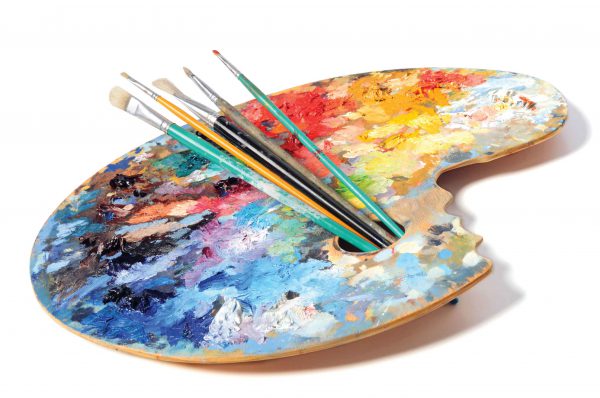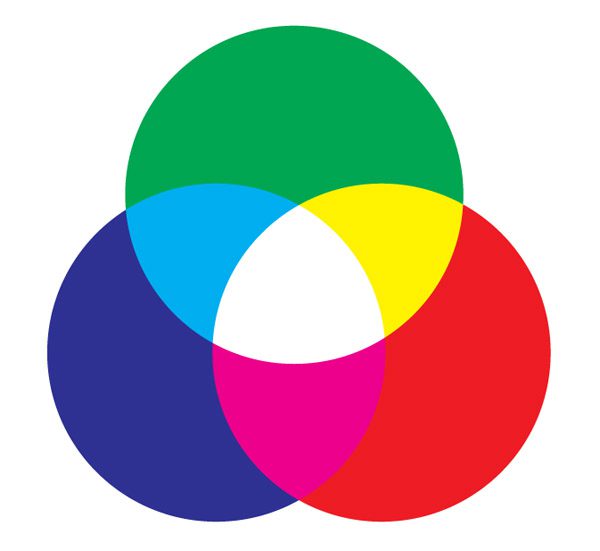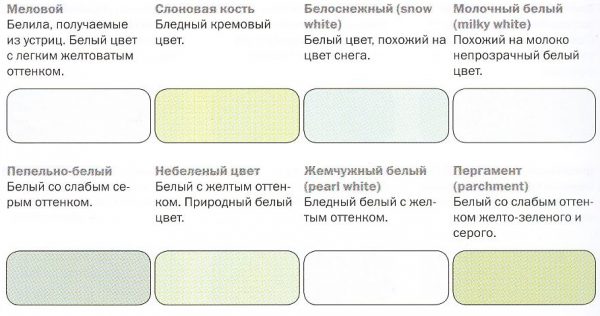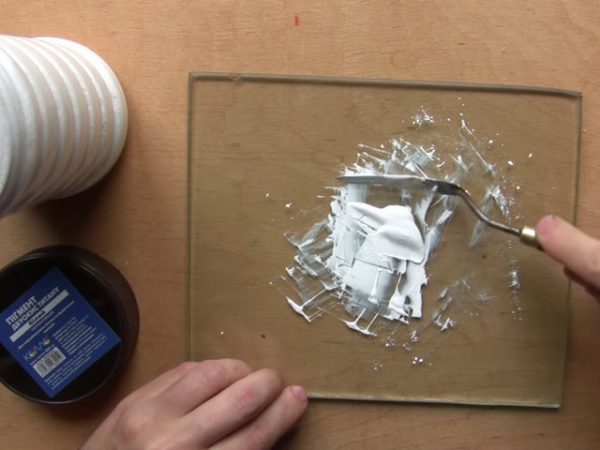Even children know that many colors can be made by mixing other shades. But there are tones that do not get when mixing paintsno matter what experiments are carried out. For example, among artists there is no way how to get white - you cannot create it yourself from paints.
- Visible spectrum colors
- The combination of colors in the visible spectrum
- What is white color - definition
- Getting color when mixing paints

Visible spectrum colors
There are three primary colors, the combination of which will result in all other shades of the palette. They are called basic, include red, blue, yellow. Black and white stand apart - these colors are not amenable to creation when mixing gouache, watercolors, plasticine, but they actively dilute and darken different tones.
to contents ↑All basic tones are considered the basis of the color wheel and optical spectrum, are included in the range of visible light radiation. If you look at the spectrum under magnification, the white pixel will decompose into several shades. But it will be a mistake to think that you can make white by connecting such tones on a palette - this effect is available only in computer graphics.
The combination of colors in the visible spectrum
If you take a color wheel divided into 7 colors (red, orange, yellow, green, blue, blue, violet) and untwist it, you can see for yourself the white color. Why does the human eye perceive the basic colors of the rainbow? This happens due to the additive mixing (addition) of tones, which are again combined into a light beam (it has a whitish color). But when mixing colors, this effect cannot be achieved, because some colors will suppress others.
White cannot be obtained even with a printer - you will have to fill in the finished ink into the cartridge. Attempts to combine colors always lead to the formation of intermediate tones, and sometimes even achromatic - dirty, gray. This applies to any colors - acrylic, gouache and others.
to contents ↑What is white color - definition
White is a color that has a spectrum of electromagnetic radiation in which the power of the wavelengths of all waves in the visible zone is uniform. From a physical point of view, this color represents the total reflection of light rays that fall on the surface of an object. But there is a condition: the surface should not be perfectly smooth, otherwise the rays will begin to reflect in parallel, will begin to carry the reflected image.
Along with black, gray, white belongs to achromatic colors. This tone occupies a special place in the palette of dyes - it does not apply to warm, cold, the only one of which has a full antipode - black. It is good to see white by connecting all the colors of the rainbow through a prism.
to contents ↑
Getting color when mixing paints
What colors need to be mixed to make white? You should not even try - the output will still turn brown paint, which is not useful in work. You have to mix the rays of light, only then you can see white, but it will not bring practical value in painting.But the white has its own shades that artists use. All of them are obtained by mixing with other colors - gray, beige, many others. Here are the most popular shades:
- alabaster - white-yellowish, matte;
- amiant - dirty white;
- snow-white - a bright, special kind of classic white;
- pearl - the color of pearls, a little pearly;
- Marengo - white with a touch of black;
- milky - white with beige and yellowish notes;
- platinum - white-smoky.
When mixing watercolor, gouache paints with white, you can get lighter tones - pink, lime, blue. Painting can not do without whitewash, repairing ceilings and walls, they are perfectly tinted, give a huge scope of imagination!








